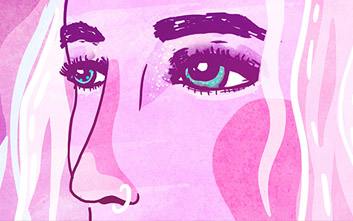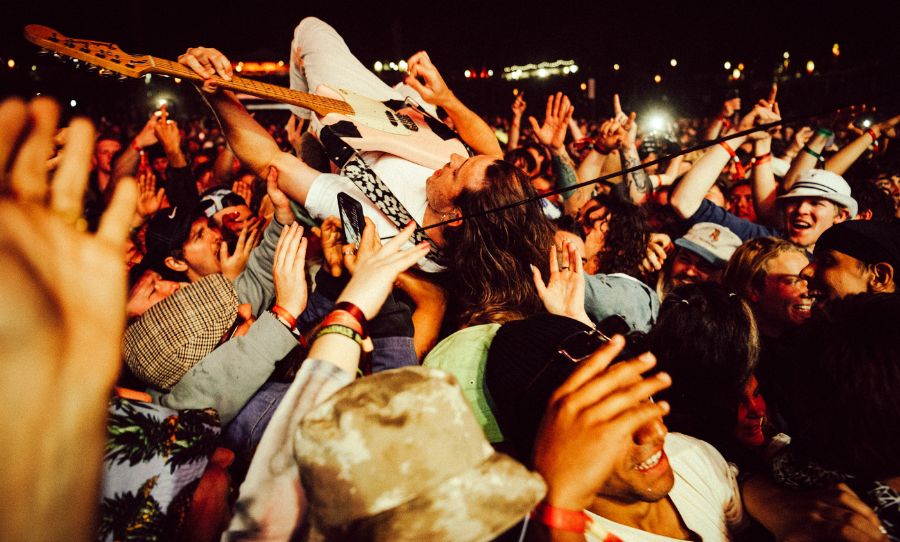Last year a new festival named Spilt Milk in Canberra announced the first round of acts confirmed for its inaugural line-up. There was only one problem; out of 16 acts, only one was female. The festival organisers immediately came under fire for this glaring inequality in their booking, later attempting to pacify critics with a second wave of female bookings.
Even just a cursory investigation into the various aspects of the music industry will tell you that Spilt Milk’s oversight is merely a symptom of a much more widespread problem. And this kind of imbalance is certainly not unusual across the the highly successful world of festivals.
Despite festival-goers shown to be mostly evenly split between male and female – or even predominantly female in some cases – line-ups continue to be more than slightly male dominated.
Read the full article in Happy Mag Issue #4.

If more women are going to music festivals than men in Australia, why are so many lineups still dominated by male bands and DJs?
This under representation of non-male acts at festivals (or across the industry in general) has not gone unnoticed over the last few years, with many publications highlighting the problem and theorising as to the whys and wherefores. Reports have also been compiled to show exactly how far the gender divide across Australia’s major festivals stretches.
In 2015, Splendour In The Grass devoted 68% of their bookings to solely male acts. Falls Festival tallied up with a 69% male line-up – leaving female representation at just 31%. EDM focused festivals saw an even more dramatic split: Listen Out boasted just two female bookings out of its 21-strong lineup. And ending on a low note, the final Stereosonic reported 90% of it’s lineup as solely male.
Some number crunching across 2016’s lineup posters shows a similar story. Last year’s Splendour booked only twenty two non-male acts out of over a hundred. Laneway Festival in January 2016 reported 68% male representation across it’s lineup. Having boasted a notably female heavy lineup the previous year, both curations were fairly similarly split, still at only 32%. 2017’s Laneway line-up appeared to be actually more male dominated that either of its previous incarnations.
It’s so easy to point the finger at festival organisers, to lay blame and vitriol at their door. But this lack of representation for non-male artists is so familiar across the music industry as a whole.
Despite the fact that festival organisers do absolutely have a responsibility to actively consider and curate their line ups, to simply ‘book more women’ isn’t quite the easy solution it appears to be, for various reasons.
Read the full article in Happy Mag Issue #4 – coming your way very soon! Subscribe to Happy here.
While you’re here, check out our feature on how to promote your band, featuring some sage advice from some of Australia’s best publicists.



